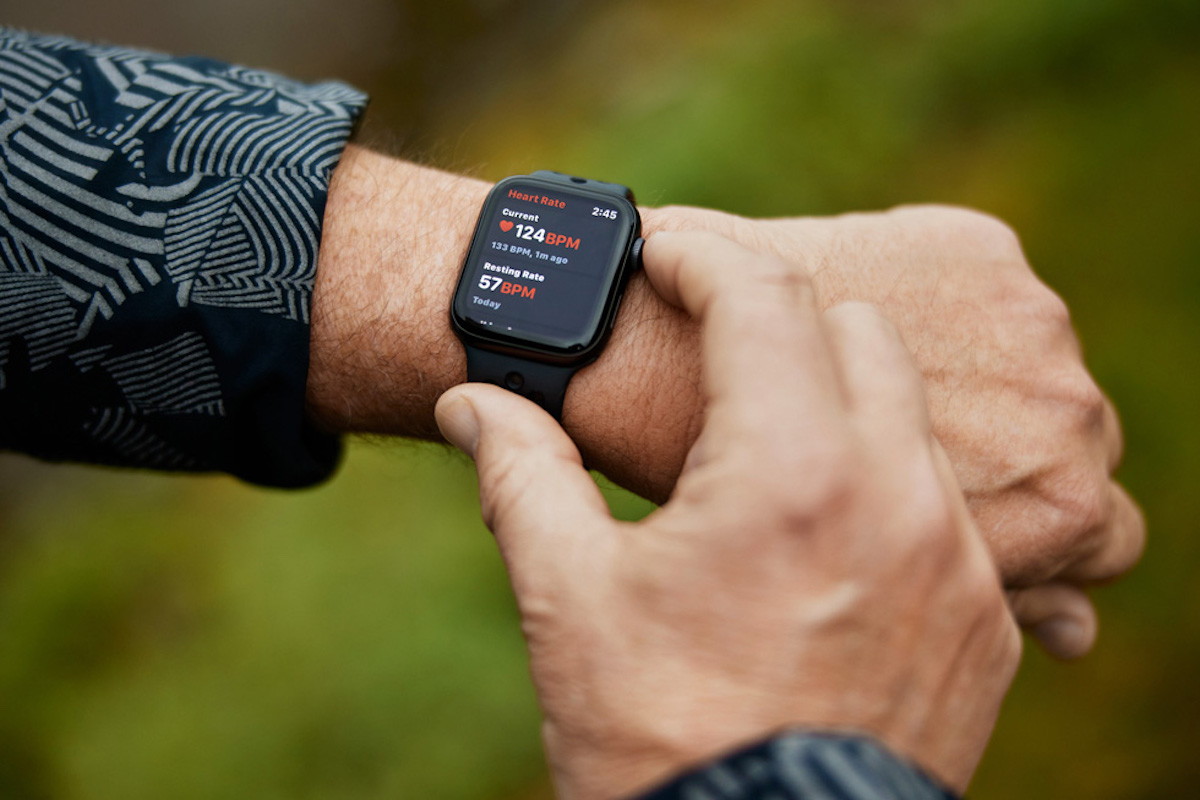Apple’s vice president of technology Kevin Lynch recently spoke to TechCrunch about the evolution of the company’s health initiatives when it comes to Apple Watch, and the possibility of health-related integration with AirPods through new sensors.

Kevin Lynch talks about Health app, Apple Watch and iPhone
The Health app in iOS was originally created to store health-related data from Apple Watch such as calories, heart rate, and activity, but over time, it evolved into much more. It became a privacy-focused central repository with third-party developer access to store and access health data.
Regarding the original Health app in iOS, Lynch told TechCrunch:
“It’s been amazing how much it’s evolved over time. It actually started from Apple Watch, where we were capturing heart rate data for calorimetry activity, and [Activity] ring closure, and we needed a place to put the heart rate data. So we created the Health app as a place to store the data.”
Apple Watch provided a major push for the company to focus more on health features due to their popularity with users. The company saw not only new use cases for health features but also received a lot of positive feedback from customers.
“We were showing people their heart rate, and you could look at it — we were using it for calorimetry. But some users actually were looking at their heart rate when they weren’t working out, and noticed it was high. […]They would go talk to their doctor, and the doctor would find a heart issue, and we would start getting letters about this. We still get letters today about our work in the space, which is amazing. But some of those early letters were clueing us into ‘Wait, we could actually look for that ourselves in the background.”
After realizing that customers are using health features in ways that the company did not expect, it started investing heavily to stay ahead of the curve and research newer health features. One of these features is heart rate notifications which has been very well received by customers and has saved lives by pushing users to visit doctors at an early stage. Another example shared during the interview is walking steadiness, which tracks how stable a user walks. The feature was announced at WWDC 2021 as part of watchOS 8 update.
Lynch notes that this feature was made possible due to the work done on fall detection which alerts when it detects that the wearer has fallen. Walking steadiness aims to use Apple Watch’s motion sensor to detect the possibility of a fall before it even happens. The company utilized the health data from a Heart and Movement study which had 100,000 participants to predict how walking patterns can show that a user could potentially fall. The combined data from the sensors in an Apple Watch and iPhone help with predicting and helping users in increasing their walking steadiness to avoid falling.
There are other examples like this as Apple continues to partner with the health industry to create new studies that are clinically validated thanks to the amount of data that is submitted by participants using Apple Watch and iPhone.
Lynch also touched on the sensor fusion thanks to the different devices such as Apple Watch and iPhone used by customers and combining that data for newer possibilities in the health reealm. In an answer regarding what kind of possibilities might open up with AirPods as they have their own sensors, Lynch said that Apple was already doing this across devices today and he thinks that “there’s all kinds of potential here”.
Check out the complete interview over at TechCrunch.